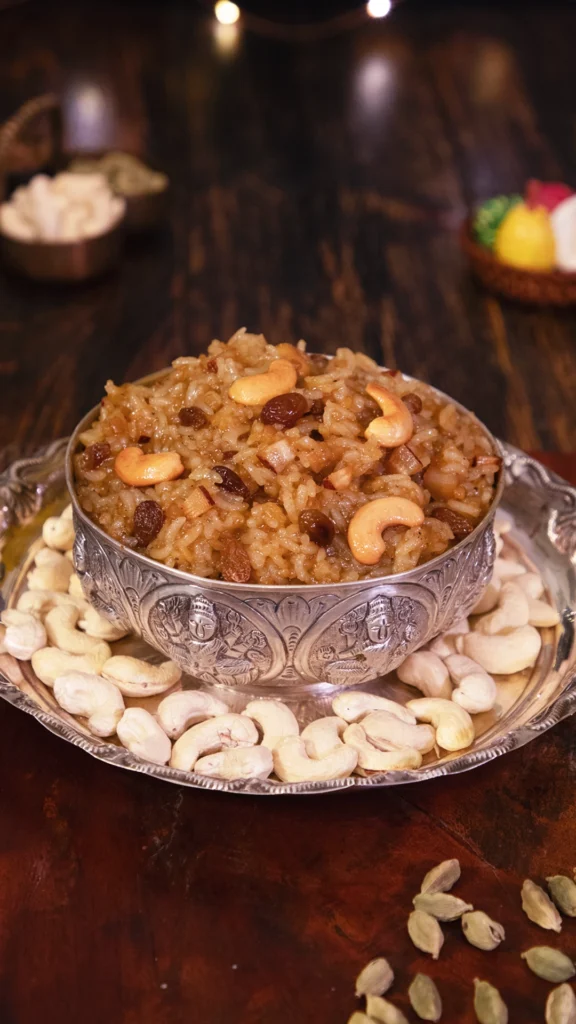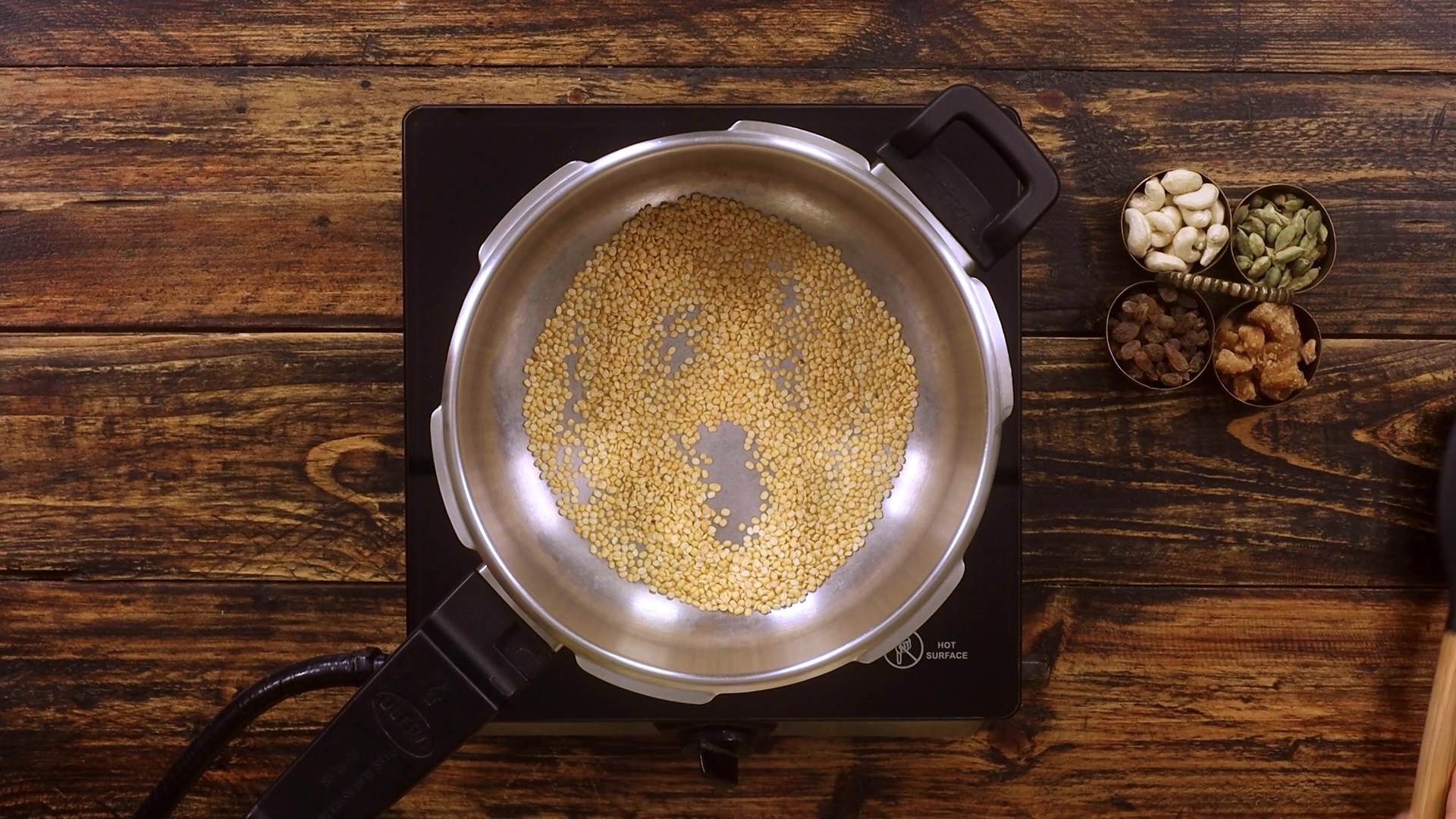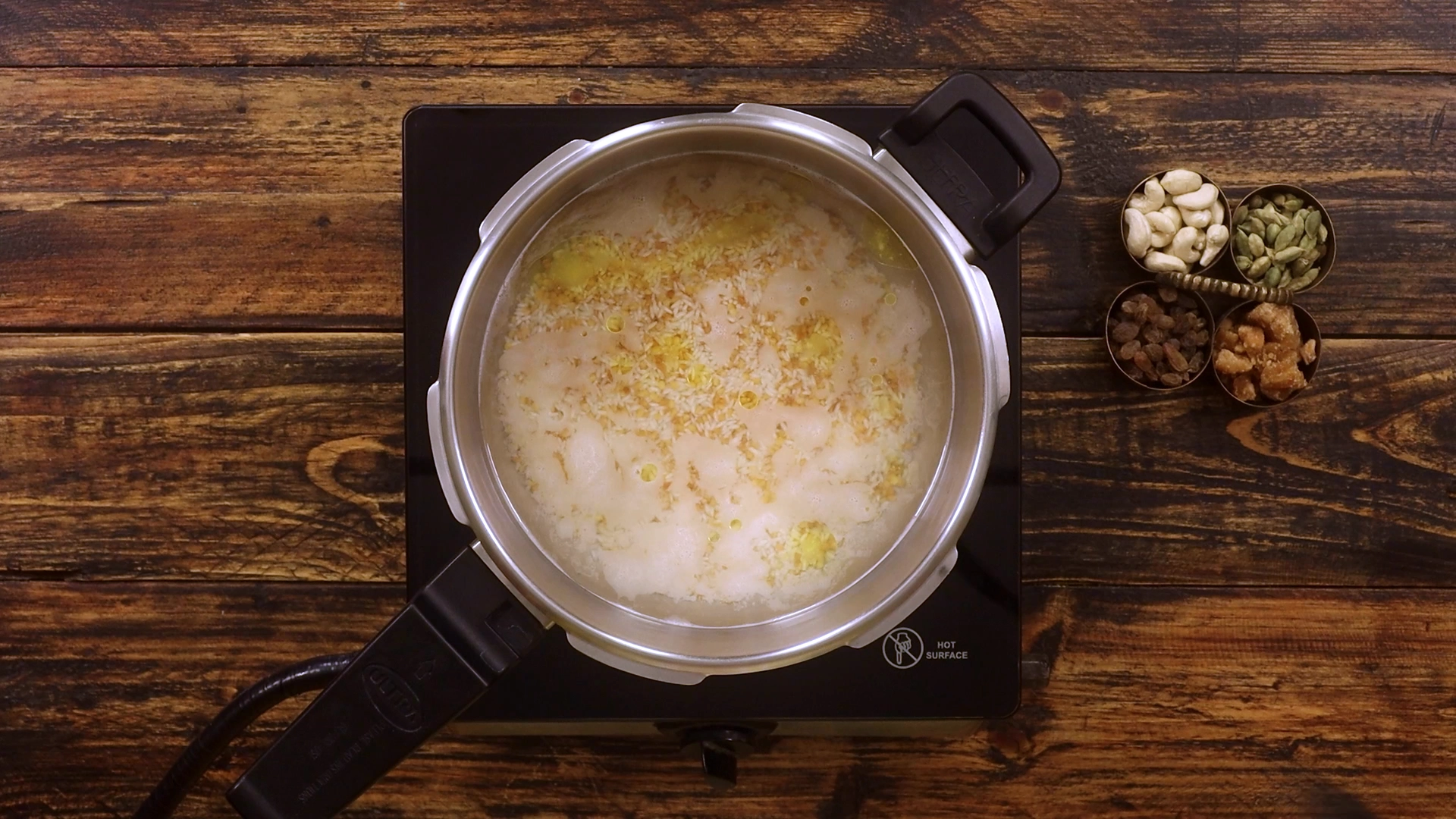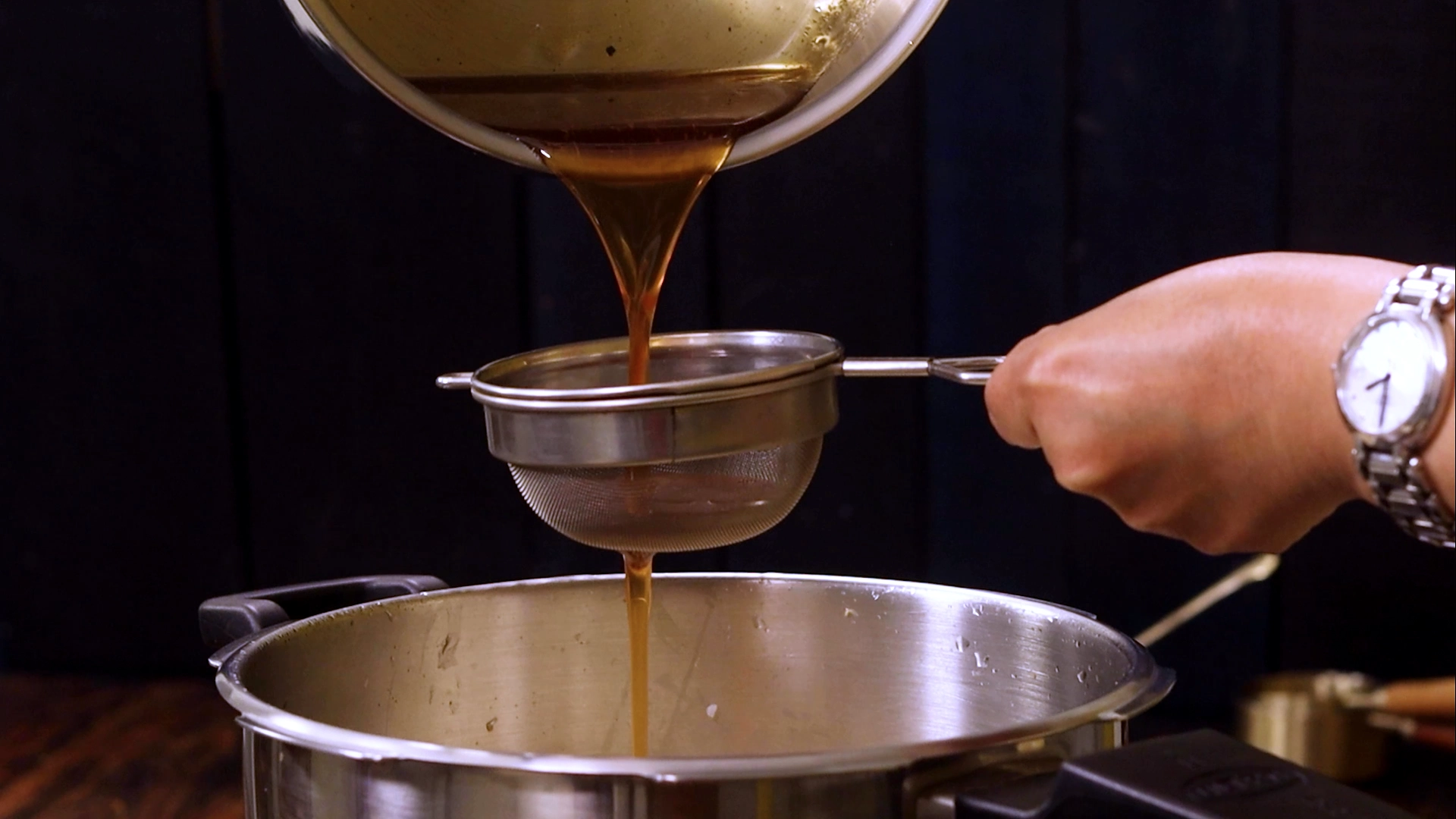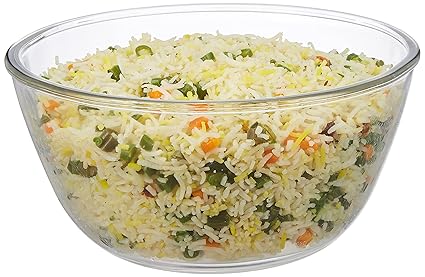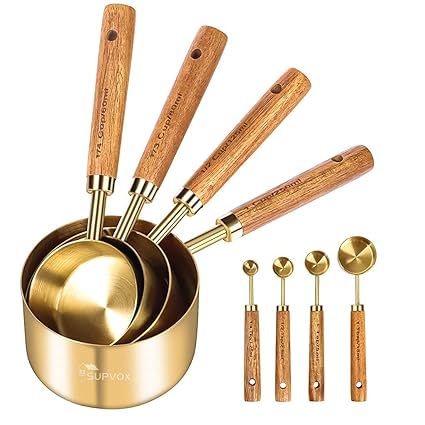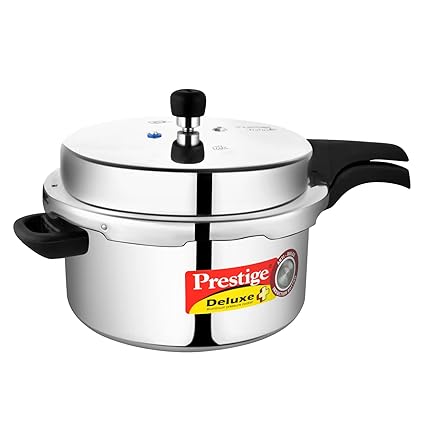Ever had a spoonful of warm, sweet pongal and felt like you were sitting in a temple hall?
That’s Sweet Pongal, also known as Sakkarai Pongal (or Chakkarai Pongal). A South Indian prasadam classic made with rice, moong dal, jaggery and ghee. It’s creamy, slightly grainy, aromatic with cardamom and with fried cashews and raisins.
If you want festival-level flavor with a home cook’s ease, this is your recipe.
Why you should make this today
- It’s authentic festival food used as prasadam in many South Indian poojas.
- Comforting & nutrient-dense: rice + moong dal give energy; jaggery adds minerals; ghee adds richness and satiety.
- Quick to scale: perfect for a family meal or to feed a crowd during celebrations.
A little history & context
Sakkarai Pongal (sweet pongal) is traditionally offered as prasadam in South Indian temples during harvest and festival seasons.
The dish symbolizes abundance — rice and jaggery (nature’s sweetness) cooked together, finished with ghee and nuts. Over generations, it became the go-to sweet for home poojas and family gatherings.
Why you should make it (beyond the taste)
- Simple pantry ingredients — rice, moong dal, jaggery, and ghee.
- Comfort food that travels well — makes great prasadam, potluck or lunchbox dessert.
- Naturally gluten-free and can be made refined-sugar free when you use jaggery.
- Flexible — adjust sweetness, add coconut, or spike with cardamom/pepper for nuance.
Ingredients — what each one brings to the dish
- Raw rice: provides body and a slightly grainy chew when cooked with dal.
- Moong dal: lends creaminess and a subtle nutty flavor; roasted first for depth.
- Jaggery: warm caramel notes and natural sweetness — choose good quality (gud) for a clean flavor.
- Ghee: aroma + silkiness — it’s essential for the temple-style finish.
- Cashews, raisins, coconut: texture contrasts — crunch and pop against the creamy pongal.
- Cardamom: aromatic lift; a little goes a long way.
🌿 Vegan Swap: Replace ghee with high-quality coconut oil for a vegan version but still delicious and festival-worthy.
How the dish comes together
First, you roast the moong dal lightly so it gets a toasted, nutty backbone. Toss the dal with washed rice and a splash of ghee, add water and cook until utterly soft — traditionally in a pressure cooker so the rice and dal become tender and a little porridge-like. Meanwhile you melt jaggery into a syrup (strain it for clarity); this syrup is what transforms cooked rice into sakkarai pongal.
Once the rice–dal mix is ready, you fold in the jaggery syrup over low heat and stir gently until the mixture turns glossy and slightly thickened. Finish by tempering in ghee: roast cashews till golden, sizzle coconut pieces and raisins till they puff, then pour these over the pongal. A dusting of cardamom and one or two spoonfuls of warm ghee at the end is non-negotiable for that authentic temple aroma.
💡 Pro Tip: Melt jaggery with a little water and strain before adding. This removes impurities and prevents grainy texture. Also, add jaggery only after the rice is cooked — adding it early can make the rice grainy or tough.
What goes along with Sweet Pongal
- Hot filter coffee or kadak chai — both contrast the sweetness.
- Savoury items like vada or plain dosa if you’re making a full prasadam plate.
- Fresh fruit for a lighter balance after the rich sweet.
Texture note: Aim for spoon-coating consistency — slightly loose on the plate but not runny. It will thicken a bit as it cools.
Serving & presentation
Serve warm in small bowls, finish each portion with a spoonful of hot ghee and a few roasted cashews on top. For temple-style authenticity, offer it on banana leaves or simple stainless steel bowls.
Packing & storing
- Short term: keep in an airtight container at room temperature for a day. Reheat gently on the stove or microwave (add a splash of water while reheating).
- Refrigeration: 3–4 days; reheat before serving and add a little ghee to revive gloss.
- Travel: pack hot or warm in an insulated container; add toppings separately to avoid sogginess.
Party/bulk preparation
- Scale easily: maintain roughly the rice:dal: jaggery ratio (2:1:2 by volume of cooked base works as a guide) and increase everything proportionally.
- Make ahead: cook rice + dal and jaggery syrup separately on the day before. Combine and finish just before serving to keep texture fresh.
- For prasadam: prepare in large vessel; keep stirring occasionally and finish with fresh ghee at serving time.
Other Festive-Related Recipes You Might Like:-
- Paneer Jalebi – fusion mithai
- Puran Poli – classic festive sweet
- Mango Shrikhand / Amrakhand – cooling festive dessert
- Wheat Halwa – South Indian temple-style sweet
- Rava Kesari – quick & popular sweet
- Makhana Kheer – vrat-friendly sweet
- Dry Fruit Ladoo – healthy festive treat
- Royal Falooda – colorful festive dessert
- Basanti Pulao – Bengali festive rice
- Sheer Khurma – Eid special dessert
Sweet Pongal (Sakkarai Pongal/Chakkarai Pongal)
Description
Sweet Pongal (Sakkarai Pongal/Chakkarai Pongal) is a traditional South Indian dish made during festivals like Pongal and Makar Sankranti. It’s a rich, comforting dessert prepared by cooking rice and moong dal together, then sweetened with jaggery and flavored with ghee, cardamom, and a generous topping of cashews and raisins. This warm, aromatic dish symbolizes prosperity and is often offered as prasadam in temples.
Ingredients
Instructions
Prep Work
-
Wash rice
Wash the raw rice under running water until water runs clear, then drain.
-
Roast moong dal
Dry roast the moong dal on medium heat until it smells nutty and turns light golden, then keep aside. -
Half cashews
Cut or break the cashew nuts into halves so they roast evenly. -
Chop coconut pieces
Cut coconut into small pieces if not pre-cut; keep ready for frying. -
Prepare jaggery pieces
Cut jaggery into chunks so it melts easily when making syrup. -
Keep cardamom ready
Crush or pre-measure cardamom powder for quick addition.
Method
-
Roast dal and combine with rice
Add the roasted moong dal to the washed rice, mix briefly, and add water with a little ghee.
-
Pressure cook rice and dal
Pressure cook until done — about 4–5 whistles — then let the cooker cool naturally before opening. -
Fry nuts, coconut, raisins
Heat ghee in a small pan, roast the halved cashews until golden, add coconut pieces and fry till crisp, then toss in raisins until they puff; set aside. -
Make jaggery syrup
Melt jaggery with sugar and a splash of water over heat until dissolved; strain if needed and keep the syrup warm. -
Combine the syrup with the cooked pongal
Open the cooker, pour in the jaggery syrup and gently mix on low flame so everything blends and becomes glossy. -
Finish with aromatics and ghee
Add the roasted cashews, coconut, raisins, cardamom powder and a few spoons of ghee; simmer briefly until fragrant. -
Serve warm
Transfer to a bowl and serve immediately while warm and aromatic.
Nutrition Facts
Servings 4
- Amount Per Serving
- Calories 480kcal
- % Daily Value *
- Total Fat 18g28%
- Saturated Fat 8g40%
- Sodium 35mg2%
- Potassium 220mg7%
- Total Carbohydrate 74g25%
- Dietary Fiber 3g12%
- Sugars 40g
- Protein 8g16%
- Calcium 40 mg
- Iron 2 mg
- Magnesium 45 mg
* Percent Daily Values are based on a 2,000 calorie diet. Your daily value may be higher or lower depending on your calorie needs.

